New Wine Glasses With a Kink
There are times when the world of wine glasses seems to be approaching overpopulation, as the established brands are joined by waves of newcomers. Riedel glassware, with its wide range of glasses designed for specific grape varieties and wine styles, was once exciting and cutting-edge, but it has become mainstream, as have lines made by Ravenscroft, Schott Zwiesel, Zalto, and others.
Some manufacturers have followed the Riedel model of matching glasses to a variety or style—the Riedel website warns that its glasses are “a grape-specific wine instrument!”—while others have rebelled. The English wine writer Jancis Robinson paired with designer Richard Brendon to produce a single tulip-shaped glass said to be suitable for all wines. Many wine-lovers, eying their little-used glasses designed specifically for oaked chardonnay/Montrachet and for Dom Pérignon must have breathed a sigh of relief.
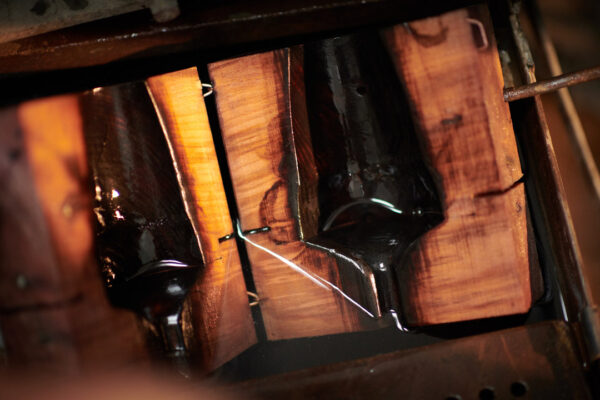
The latest take on wine glasses is the Josephine Collection from the Josephinenhütte glassworks. What immediately drew attention to them is that they were designed by Kurt Josef Zalto, co-founder of Zalto glassworks, whose wine glasses are renowned for their delicate structure and super-slender stems. Zalto no longer has any business affiliation with the brand that carries his name, and he can be identified as the designer of the Josephine Collection.

What makes these glasses distinctive is their number and design. There are four glasses—more than Jancis Robinson’s one, but far fewer than the many offered by Riedel and some others. The Josephine Collection glasses are for white wines (especially light, fruity whites), red wines, and champagne and other sparkling wines, and there is a “universal” glass suitable for any wine. There’s some overlap of categories: the red wine glass is also recommended for oaked whites, and the white wine glass is said to be excellent for slightly chilled lighter reds such as gamay and pinot noir.
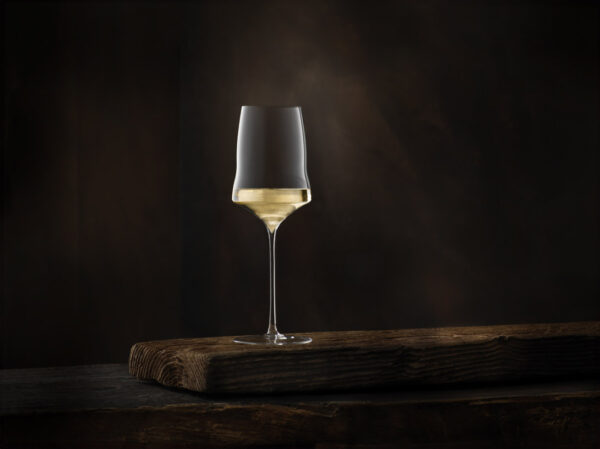
What most differentiates these glasses from others on the market is their shape. From a fairly narrow mouth, the bowl is slightly bowed and widens before being pinched to form the “kink” that makes this such a distinctive design. The kink is a slight narrowing in the bowl, which then widens before tapering sharply to the point where the base of the bowl meets the ultraslender stem.

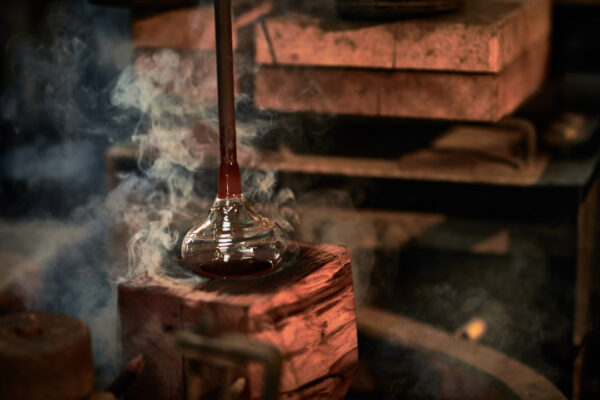
Overall, the impression is of the upper section of a tulip-shaped wine glass grafted onto the base of a broad-based glass, with the kink marking the transition. The purpose of the kink? It’s said that wine swirled in this glass and returning to the bowl across the kink forms a spiral pattern that captures air and optimizes the development of aromas, which are then captured by the narrowing of the mouth.
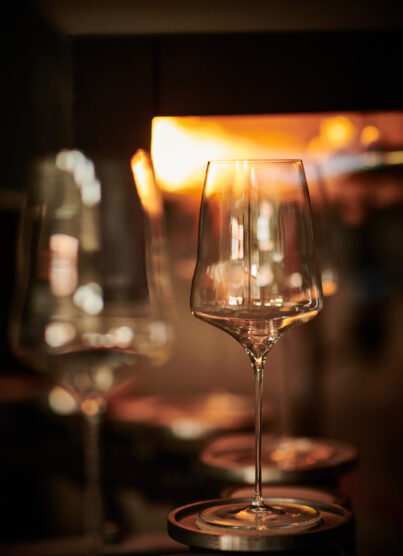
These glasses have quickly drawn attention in the wine world, and they have won awards for their design and functionality. A number of prominent restaurants have adopted them, even though it’s recommended the glasses be washed and dried by hand, not in a dishwasher. (A dedicated soft linen polishing cloth is available, along with a fine handmade brush for absorbing the drops of water in the bottom of the glass.)
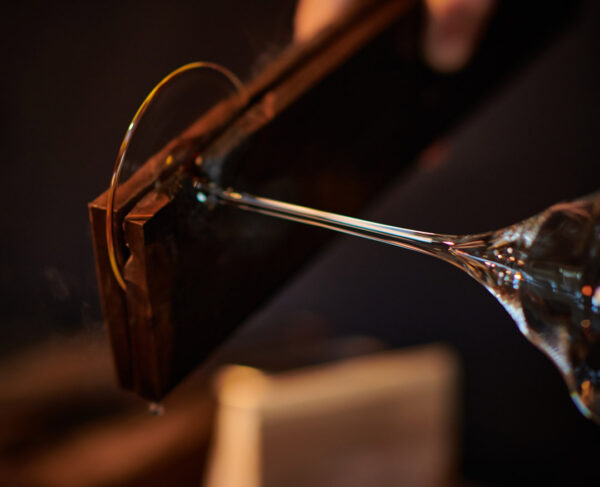
The Josephine Collection wine glasses are mouth-blown and are fine, elegant additions to any table, apart from whatever they do to enhance enjoyment of wine. They make a distinctive contribution to the search for the perfect wine glass.




